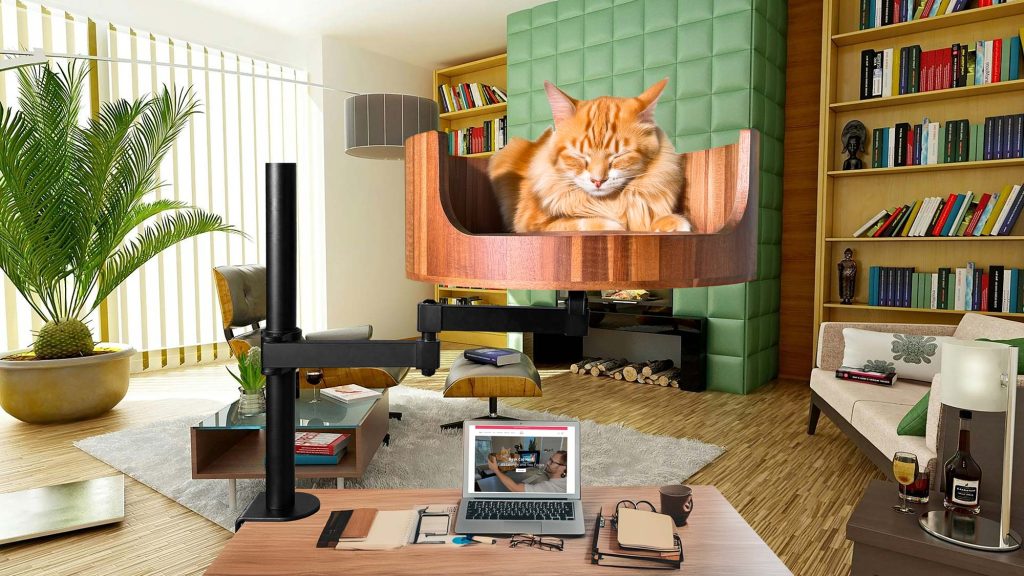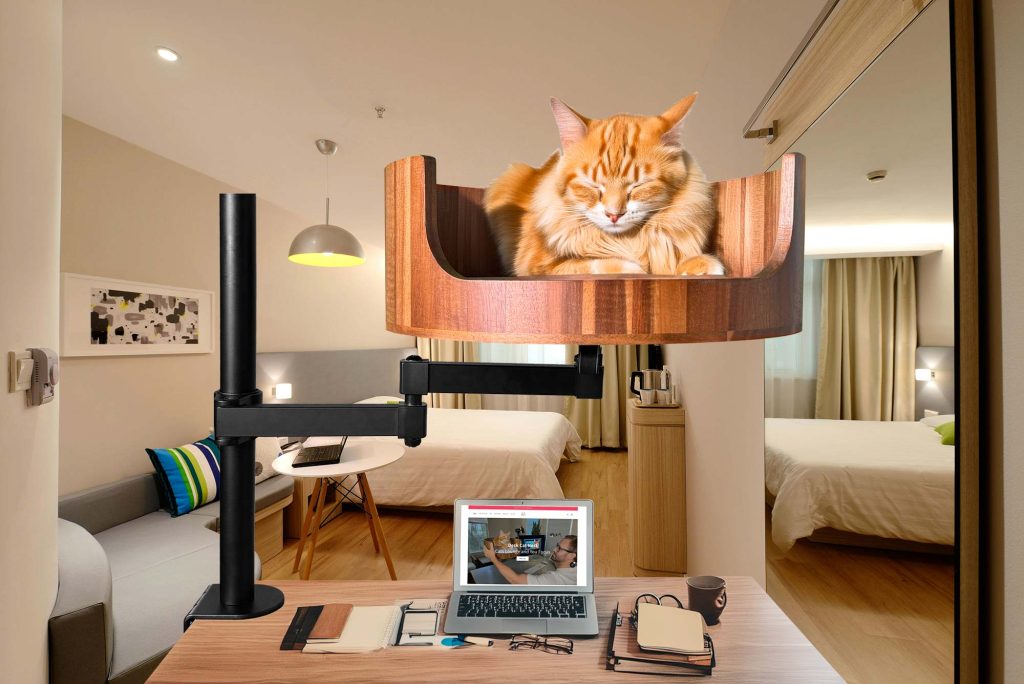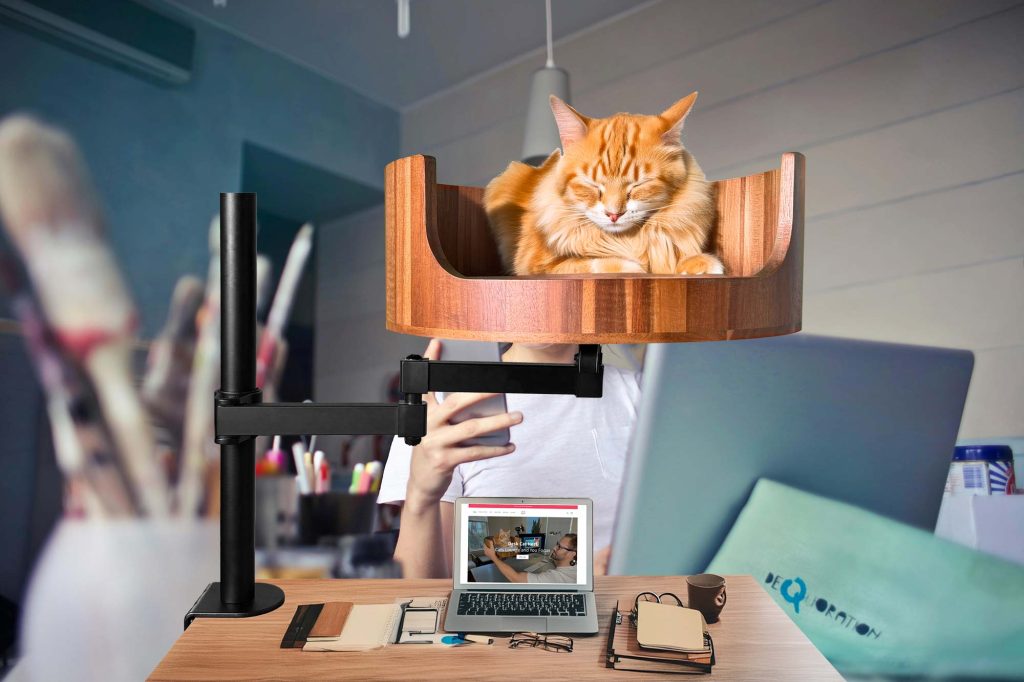Is your beloved feline friend exhibiting a lack of interest in moving or eating? You’re not alone. Many cat owners may find themselves in a similar situation, wondering what they can do to help their furry companions get back on track. In this article, we’ll discuss common reasons why cats may not want to move or eat, as well as practical tips on how to encourage them to be more active and maintain a healthy appetite.
One possible explanation for your cat’s lethargy could be related to their environment. Cats are creatures of habit and may become stressed or anxious if there have been recent changes in their surroundings. Additionally, underlying health issues such as dental problems, gastrointestinal disorders, or kidney disease can also contribute to a decreased appetite and activity level in cats. By understanding these potential factors and taking proactive steps to address them, you can help your cat regain their vitality and enjoyment of life. Stay tuned as we explore effective strategies for supporting your cat’s well-being and ensuring they lead a happy and healthy life.
1. Monitor your cat’s behavior closely if they are showing signs of not wanting to move or eat, as this could indicate a serious health issue.
2. Provide a comfortable and quiet space for your cat to rest and recover, such as a cozy cat nest or bed.
3. Consult with a veterinarian to rule out any underlying medical conditions causing your cat’s lack of appetite or lethargy.
4. Consider offering a variety of enticing foods to stimulate your cat’s appetite and encourage eating.
5. Show patience and love towards your cat during this difficult time, as they may be experiencing discomfort or pain.
Seek Veterinary Care Immediately
If your cat is refusing to move or eat, it’s crucial to seek veterinary care immediately. This behavior could be a sign of a serious underlying medical issue such as an infection, injury, or illness. A thorough physical examination and diagnostic tests will help determine the cause of your cat’s lack of appetite and mobility. Treatment options can then be discussed based on the diagnosis.
Observe Your Cat’s Behavior Closely
Take note of any changes in your cat’s behavior, such as lethargy, hiding, or vocalizations. These can be clues to what could be causing your cat’s reluctance to move or eat. Keep a log of your cat’s daily activities, including eating habits and litter box use. This information can be valuable to your veterinarian in determining the best course of action.
Provide a Comfortable and Safe Environment
Create a comfortable and safe environment for your cat to help alleviate stress and encourage movement. Ensure that your cat has access to fresh water, a quiet and warm place to rest, and a clean litter box. Offer your cat a variety of food options, such as wet and dry food, to entice them to eat. Make sure there are no obstacles that could prevent your cat from moving around freely.
Engage Your Cat in Play and Interaction
Encourage your cat to move and eat by engaging them in play and interaction. Use interactive toys, such as laser pointers or feather wands, to stimulate your cat’s interest and activity. Spend quality time with your cat, petting and grooming them to strengthen your bond and provide comfort. If your cat is still reluctant to move or eat, consult with your veterinarian for further guidance on how to support your cat’s health and well-being.
Frequently Asked Questions
Is the Desk Cat Nest suitable for cats who don’t want to move or eat?
Yes, the Desk Cat Nest is designed to provide a cozy and comfortable space for your cat without having to move too much. It can also encourage your cat to eat by providing a quiet and secure environment for meal times.
How does the Desk Cat Nest help with cats who don’t want to move?
The Desk Cat Nest provides a soft and warm spot for your cat to rest, which can be especially appealing to cats who may be feeling lethargic. The elevated design also allows your cat to have a vantage point of their surroundings without having to physically move around.
Can the Desk Cat Nest help with cats who don’t want to eat?
While the Desk Cat Nest may not directly solve eating issues, the cozy and inviting environment it provides can help create a positive feeding experience for your cat. Placing your cat’s food near the nest can encourage them to eat while feeling safe and comfortable.
Is the Desk Cat Nest easy to clean?
Yes, the Desk Cat Nest comes with a removable and washable cushion for easy cleaning. Simply unzip the cushion cover and machine wash it on a gentle cycle to keep your cat’s nest fresh and clean.
In conclusion, the Desk Cat Bed is a valuable choice for your cat who doesn’t want to move or eat due to its comfortable and cozy design that provides a sense of security and comfort for your feline friend. This cat bed encourages relaxation and rest, which can help improve your cat’s overall well-being and appetite. By offering a dedicated and comfortable space for your cat to rest, the Desk Cat Bed can help alleviate stress and anxiety, ultimately leading to a happier and healthier pet. Consider investing in this high-quality cat bed to provide your beloved furry companion with a safe and comforting environment to encourage movement and eating habits.


